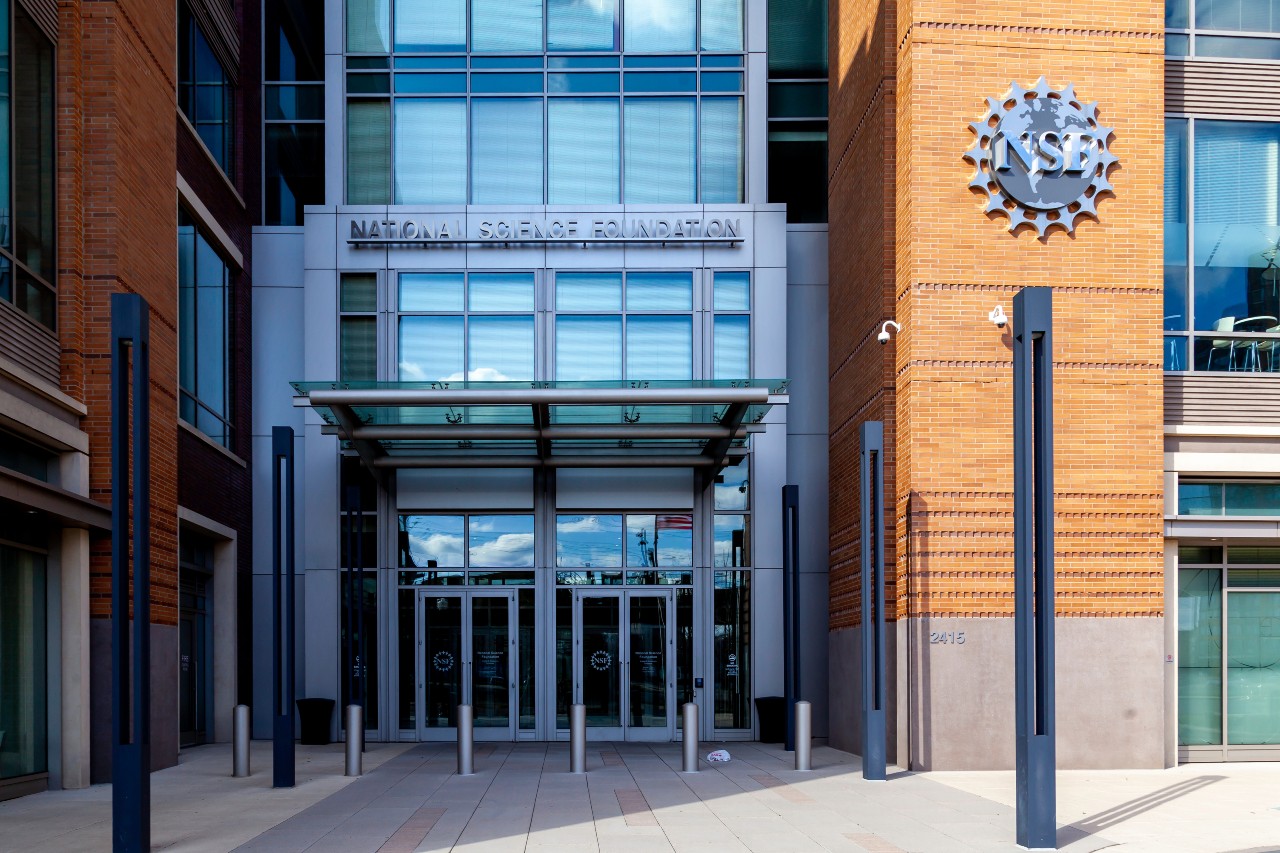NSF to Launch National AI Research Resource Pilot in January
The program will be modest initially, but will scale and expand in line with the White House’s AI executive order.

The National Science Foundation will launch the National AI Research Resource (NAIRR) pilot program next month, NSF officials said Monday.
The agency was directed by the White House artificial intelligence executive order signed earlier this year to stand up the NAIRR within 90 days of the order’s signing.
“We are going to be launching a pilot [the week of] Jan. 21,” NSF Office of Advanced Cyberinfrastructure Director Katie Antypas said during a Monday breakfast with reporters. “This pilot is initially going to be modest because we’re bringing together these resources. … This is going to be a proof-of-concept effort.”
“As with any direction we are given with tight timelines, there’s a challenge there. But, it’s good to have those deadlines move forward fast.” said Tess DeBlanc-Knowles, staff associate for technology policy and strategy at NSF.
While the compressed timeline means the first iteration of the pilot may be more moderate, the medium- and long-term goals of the $6 billion NAIRR are to support future-forward technology.
“We are directed to launch a pilot with the resources that we have in hand and our existing authority, as well as with in-kind contributions from different technology companies,” Antypas said. “The aim here is really to broaden, expand and democratize access to these resources with the goal of advancing the R&D ecosystem and accelerating AI innovation in a manner that lives up to the values of our country: protecting civil rights, liberties and privacy.”
NSF Director Sethuraman Panchanathan emphasized NSF’s role in partnering with other federal agencies, industry and schools to support research, development and education of AI programs.
“Partnership, partnership, partnership. Not only what NSF does through its own investments, but also partnering with every possible entity,” Panchanathan said Monday. “What NSF does best is unleash these possibilities.”
“I think the NAIRR pilot is a great example of that where we are working across in our agency with private-sector partners. There’s a lot of work in collaboration that needs to be done,” DeBlanc-Knowles added.
While conflicts of interest can arise with some industry partnerships, the agency has safeguards in place to develop responsible, trustworthy and equitable AI research.
“[Industry is] involved in various ways. They’re giving us input, but we stick to the merit of the process,” NSF Division Director Michael Littman said Monday about industry’s role. “We have a very well-established system that we’re extremely proud of, to make sure that conflicts of interests are removed from the decision-making.”
Responsible AI development is a critical theme throughout the executive order. NSF’s role in supporting research nationwide underscores this point of emphasis.
“There’s a huge history of failed projects that people have learned from to figure out how do we do this in a way that when we build the next one, it’s not going to harm anybody? That culture hasn’t made it all the way into software,” Littman said last week at the GovAI Summit in Arlington, Virginia. “You want to make sure you can guarantee the safety of these systems, then you want to say, ‘And it will continue to be safe even as it learns.’”
Though investments have increased more recently, AI has been part of NSF’s work for years. In fiscal year 2023, NSF funded over $800 million in AI-related activities across all 50 states, Washington, D.C. and Puerto Rico.
“The AI of today has been made possible by five to six decades of investments by NSF,” Panchanathan said. “AI, therefore, has been a focus for NSF already now. It’s even more intense now.”
In addition to NAIRR, the executive order charges NSF with expanding AI education and workforce training, among other responsibilities. NSF is establishing four additional National AI Research Institutes that will include one institute supporting strengthening AI.
“We’ve got these 25 existing institutes and we’re going to have at least four more relevant to the to the executive order,” Littman said. “The idea is to move AI research forward within use-inspired contexts to really understand how this can have an impact on society, more generally.”
This is a carousel with manually rotating slides. Use Next and Previous buttons to navigate or jump to a slide with the slide dots
-

Federal Agencies Make the Case for Quantum
Amid development of emerging technologies like AI and machine learning, leaders see promise in quantum computing.
6m read -

Cyber Incident Reporting Regulation Takes Shape
An upcoming CISA rule aims to harmonize cyber incident reporting requirements for critical infrastructure entities.
5m read -

Connectivity Drives Future of Defense
The Defense Department is strategizing new operating concepts ahead of future joint force operations.
8m read -

5 Predictions for AI in Government Technology
Agencies are setting plans in motion not only to integrate AI into their enterprises, but also ensuring the data that power these systems are fair.
41m watch




